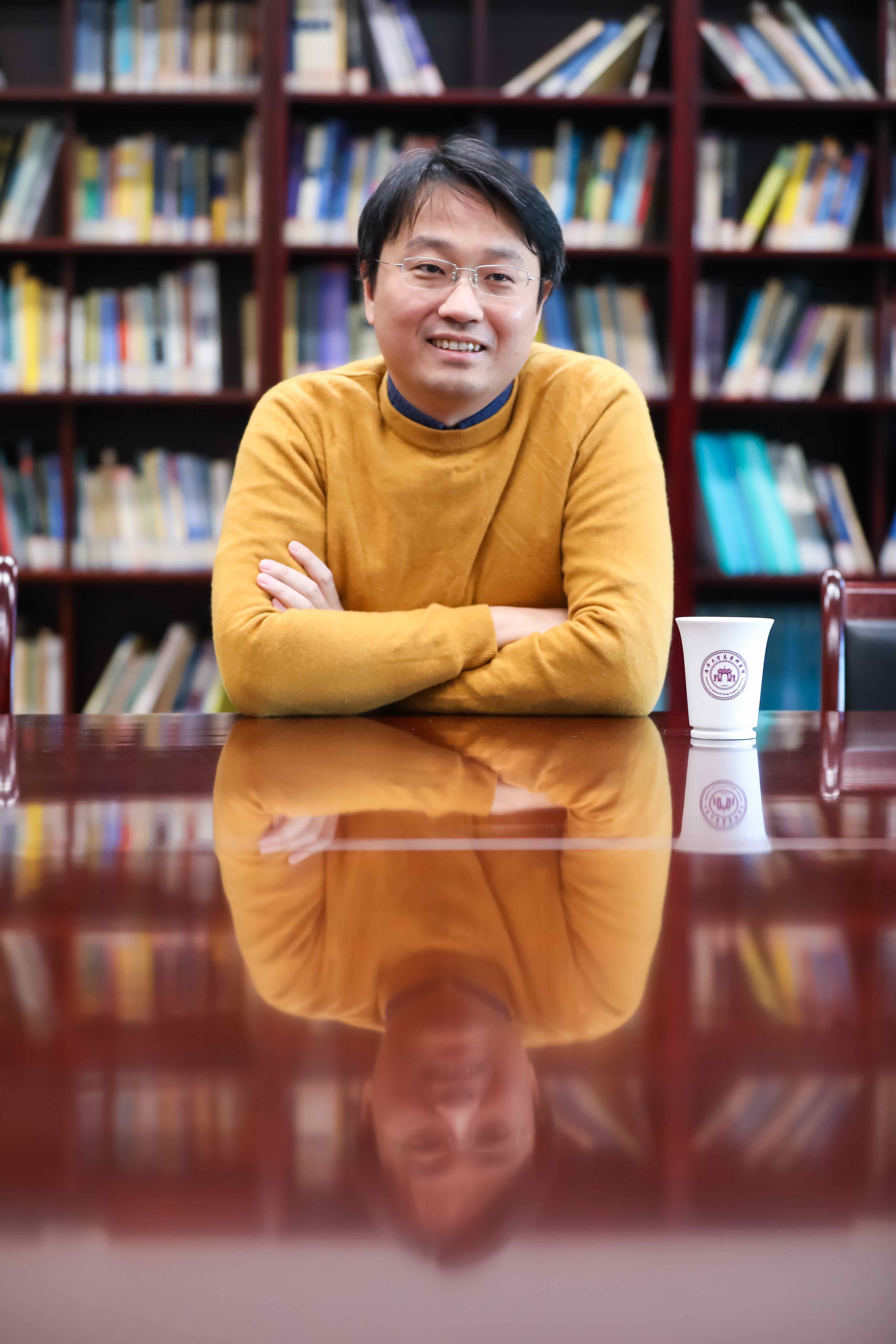
Hui Zhai Professor
Education background
Jan. 2005: Doctor of Science, Physics, Center for Advanced Study, Tsinghua University, Beijing, China
Thesis title: Quantum Many-body Theory of Ultracold Atomic Gases
Advisor: Professor Chen-Ning Yang
Jun. 2002: Bachelor of Science, Physics, Department of Physics, Tsinghua University, Beijing, China
Experience
December 2015-Present: Professor, Institute for Advanced Study, Tsinghua University
August 2012-December 2015: Permenent Member, Institute for Advanced Study, Tsinghua University
July. 2009-July 2012: Member, Institute for Advanced Study, Tsinghua University
Sep. 2007-June 2009: Postdoc Scholar,Material Science Division, Lawrence Berkeley National Laboratory and Department of Physics, University of California at Berkeley
Jun. 2005-May 2007: Postdoc Scholar, Department of Physics, the Ohio-State University
Concurrent Academic
Edit Workgroup, of National Science Review, 2021.8-
Editorial Board Member, of Reports on Progress in Physics, 2020.5-
Editorial Board Member, of Machine Learning:Science and Technology, 2019.6-
Editorial Board Member, of Journal of Physics B, 2013.10-2017.12
Areas of Research Interests/ Research Projects
Research focus: quantum matter in cold atom and condensed matter systems. This mainly includes nonequilibrium dynamics of quantum matter, atom array based quantum computation, and quantum many-body physics in cold atom systems.
Postdoctoral Positions in the research group:https://academicjobsonline.org/ajo/jobs/31453
Teaching
Course Video of Cold Atomic Physics:
https://cloud.tsinghua.edu.cn/d/10fafb3e553d417da655/
http://res.tsinghua.edu.cn/portal/community.jspx?id=0c904407715343f2806e4e5ba1d0f6cb
Academic Achievement
Total publication: more than 140, including one in Science, four in Nat. Phys., two in Phy.Rev.X, 34 on Phys. Rev. Lett., one review article on Nat. Rev. Phys, and one review article on Rep. Prog. Phys. SCI total citation over 7000, and Google Scholar total citation over 10000. H-index 40 (Web of Science) / 45 (Google Scholar), with 18 papers citation > 100.
Selected as APS Fellow in 2022 for or contributions to cold atom physics including spin- orbit coupled BEC, orbital Feshbach resonance, and scale invariant hydrodynamics.
Textbook 《Ultracold Atomic Physics》published with Cambirdge press in 2021
My full publications:ResearchID
Google Scholar
More Group information
Representative Papers:
1. Non-Hermitian Linear Response
Establish a generalized Kubu formula to probe many-body correlations through dissipation, named “non-Hermitian Linear response theory” [Nat. Phys. 2020].
2. Out-of-Time-Ordered Correlation
Propose and Prove a theorem that relates out-of-time-ordered correlation and the entanglement entropy dynamics [Sci. Bull 2017, citation > 170]. Collaborated with the USTC group, perform one of the first two experimental measurements of the out-of-time-ordered correlator [PRX 2017, citation>260].
3. Non-Equilibrium Topological Effect
Propose a method to realize the topological Haldane model using shaking optical lattice [PRA 2014, citation > 110]. The same method has been used later by the ETH group, realizing the Haldane model with cold atoms. Propose a scheme to detect the topological number of a Hamiltonian in quench dynamics [PRL 2017, citation > 105], which has been observed experimentally by the Hamburg group.
4. Scale Invariant Quantum Fluids
Predict a quantum dynamics with discrete scaling symmetry in the time domain in scale invariant quantum fluids, named “ Efimivan Expansion ”, which has been observed by the ECNU group [Science 2016]. Discover a set of new exact solution for hydrodynamic equations of scale invariant quantum fluids [PRX 2021].
5. Orbital Feshbach Resonance
Predict a novel type of Feshbach resonance in alkaline-earth atoms. This novel mechanism ultilizes the orbital degree of freedoms to replace the role of electronic spins in conventional magnetic Feshbach resonance, therefore, it is named “ orbital Feshbach resonance” [PRL 2015, citation 102]. This novel Feshbach resonance has been observed by both Munich and Florence groups.
6. Repulsive Polarons
Discover a novel type of elementary excitation, known as the repulsive polaron, in fermionic atomic gases [PRA 2010, citation 102]. This polaron has been observed by the Cambridge group. Later the Florence group has measured its energy, in good agreement with this prediction.
7. Spin-Orbit Coupled Cold Atomic Gases
Predict stripe superfluid in spin-orbit coupled Bose-Einstein condensate [PRL 2010, citation > 520], experimentally observed by the MIT group later. Collaborated with the Shanxi University group, first experimentally realized spin-orbit coupled Fermi gas [PRL 2012, citation 780].
8. Pairing Symmetry of Iron Pnictides
Predict the pairing symmetry of superconducting phase in iron pnictides [PRL 2009, citation > 410], confirmed by later experiments.